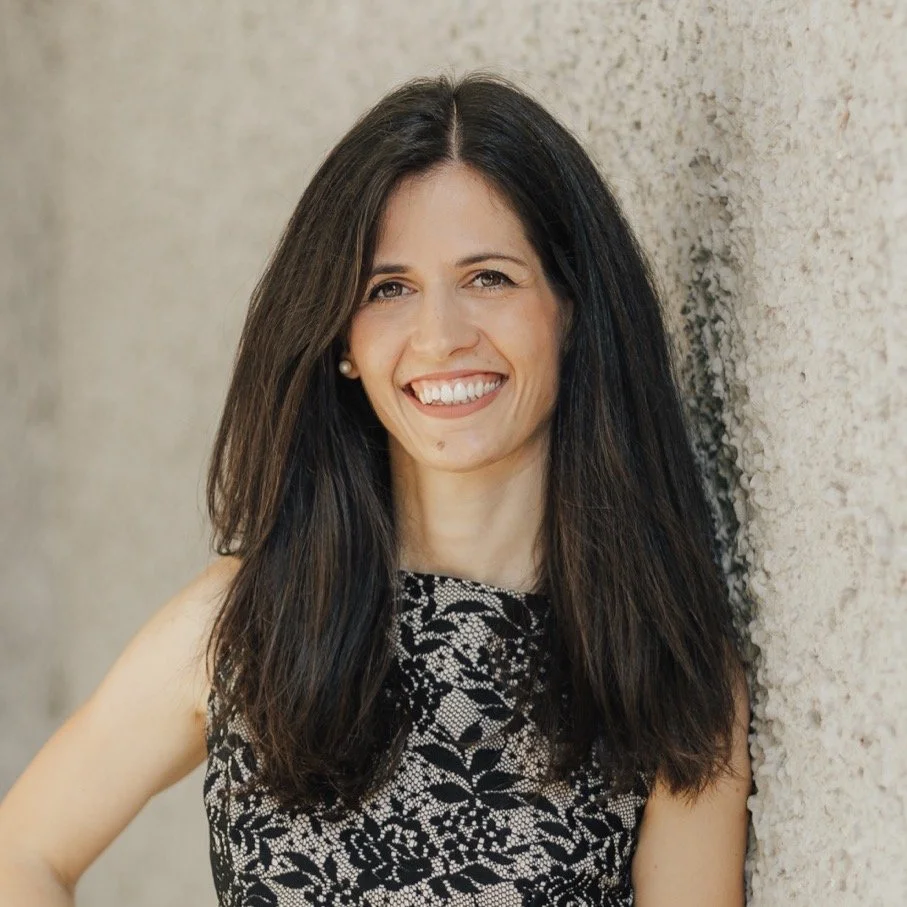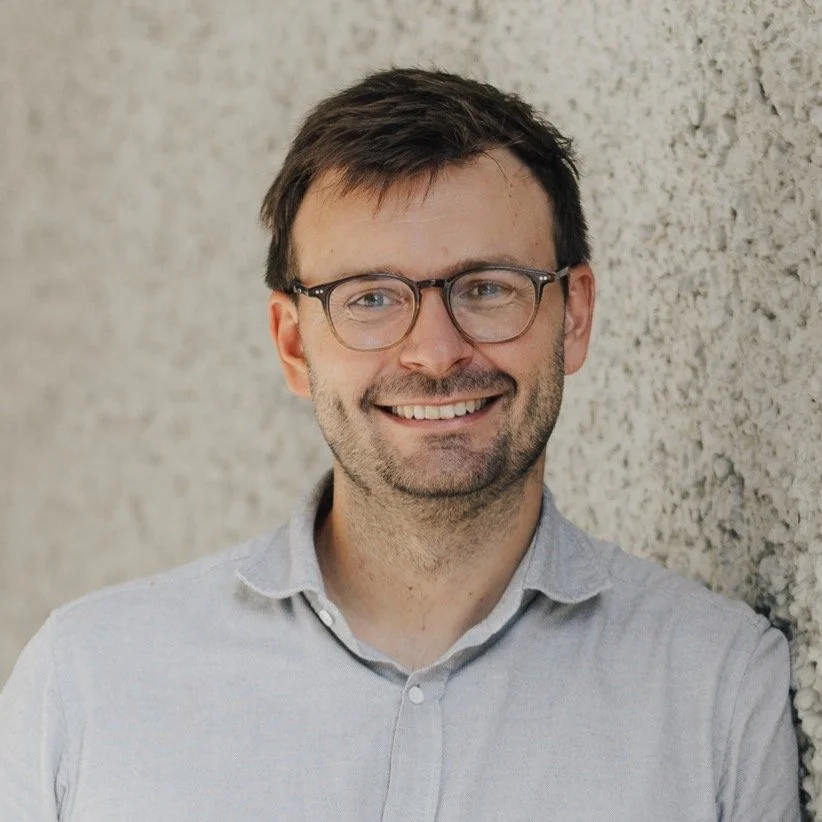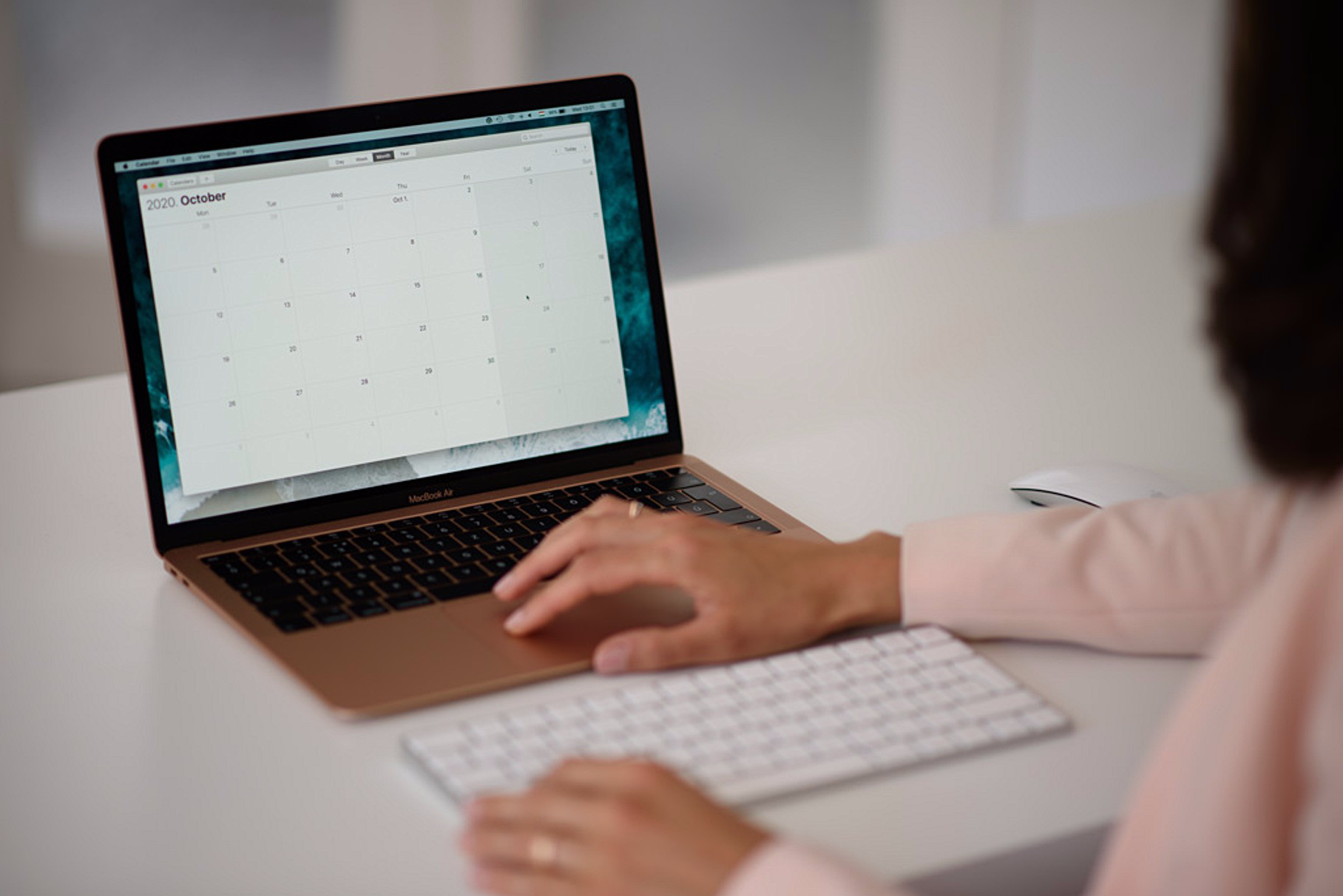All about Paper C
Paper C Basics
Length: 6 hours with a 45-minute-long break in between (Before 2013 it was 6 hours, then it was reduced to 5 hours, then it was 5.5 hours.)
Paper C is split into two parts. The first part is to be completed before the break, with the second part only becoming available after the break. It will not be possible to go back to the first part after the break.
During both parts, candidates may take unscheduled breaks. Further instructions relating to taking unscheduled breaks are laid down in the Instructions to candidates concerning the conduct of the EQE. It should be noted, however, that the exam clock will continue to runduring unscheduled breaks, i.e. the examination will not be stopped.
Start time: 9:30 CET (12 March 2026)
First part: 9:30-12:30
Second part: 13:15-16:15
In the first part, you will be required to draft as much of a notice of opposition as it is possible based on the documents at hand. The first part must be completed and handed in before the break. The second part will only be available after the break. In the second part, you will be required to draft a second part of the notice of opposition, which will form, together with the first part you already provided, the complete notice of opposition which will be marked. If an attack which is available in the first part of the paper is discussed only during the second part of the exam, no marks will be awarded to that attack. In the second part you cannot access your answer for the first part, but you will be able to print your answer during the break between the two parts.
Topic: Writing a notice of opposition against a European patent. You have to write an admissible opposition which could be filed straight with the EPO and could result in the revocation of the patent. If there are any legal questions*, you also have to answer those as a response to the client. (If no legal questions are included in the exam, which is expected, no separate letter has to be written for the client.)
* The legal questions (e.g. client asks you if the opposition procedure can be accelerated) that you might encounter in earlier exams disappeared from the exam since 2013. However, there is no guarantee there will not be any legal questions in the next C exams.
Marks: 100 points, from which the argumentations are worth the most points. So, even if you figured out the correct attacks against all claims, you can easily fail if your argumentation is not good or is missing important steps. You will score more marks with fewer correct attacks, but thoroughly executed, than with all correct attacks, but missing many steps and arguments.
Inventive step arguments, more particularly, the correct use of problem-solution approach amounts to 50-80% of all marks. Inventive step attacks using the wrong closest prior art do usually not get any marks. There are 5-25 marks for novelty attacks altogether in a Paper C exam. Added subject matter is worth about 0-10 marks. Points for any legal issues can reach up to 5-10 marks. The marks are also divided like “use of information” and “argumentation”, from which argumentation tends to be more and more important. “Use of information” means for example citing where you found the information you are using in your argumentation. An attack in average is worth 8-15 marks. An attack against claim 1 is not necessarily worth more marks than an attack against another claim.
Documents that you get as part of Paper C: Client’s letter, and Annexes. Annex 1: the European patent to oppose, further Annexes: different prior art documents that can be used during the opposition. (From 2020, the opposition form will not be used in the exam.) In the second part, you will be provided with one or more additional claims of the same patent. You may also receive further information such as another letter from the client, further prior art and/or supplementary parts of the patent's description.
Documents that can be printed: Everything except the claims of the patent in suit. The documents allowed for printing will be made available no later than ten minutes before the start of each part.
In the break, you can download and print your answer handed in for part 1.
Your own knowledge must not be used. Everything (definitions, even common general knowledge known to the skilled person) required to pass the Paper will be described in the documents provided. The information provided (e.g. information from the client about the priority situation and content of the priority document) should be accepted as facts.
Personal comment: During my actual EQE exam, I found the break between the two parts quite short. The 45 minutes went by very quickly with handing in the first part (which took more than 5 minutes in our year), taking a bathroom break, letting some fresh air in, eating a little, printing the submitted answer from the first part, printing the documents for the second part, and then starting the second flow in WISEflow.
To be honest, I really struggled with Paper C in the beginning. My biggest difficulty was definitely time pressure. To be honest, I don’t think I’ve ever finished a C exam in 6 hours. Good news: you don’t need to finish the full exam to pass Paper C! When I did my first C exams, I even spent 10 hours to write my full answer. So, don’t worry if it takes long for you too!
After doing about 8-10 previous exams and attending a DeltaPatents course (highly recommended!) as well, I finally figured out a methodology that worked for me really well. If you are interested in this Paper C methodology, you can purchase the recordings of my real-time Paper C methodology demonstrations below.
Paper C courses
Thank you for your kind interest, this group has been fully booked.
Thank you for your kind interest, this group has been fully booked.
Paper C study materials
In 2022, I arranged a few group sessions in order to show candidates my method for the electronic EQE in real-time. I was writing the exams on screen as if it was my EQE, but I also narrated and explained the steps I followed.
With the screen sharing option in Zoom, I showed what tables and templates I used, and how I wrote my answer electronically at the EQE. Since I took (and passed) the first electronic EQE, my method was perfectly suitable for WISEflow. My method includes only one simple printed table on paper.
With the purchase, you will obtain:
the recording of the meeting (about 4 hrs.),
the copy of the answer I wrote during the exam and
the filled table.
Most popular 👍
In 2022, I arranged a few group sessions in order to show candidates my method for the electronic EQE in real-time. I was writing the exams on screen as if it was my EQE, but I also narrated and explained the steps I followed.
With the screen sharing option in Zoom, I showed what tables and templates I used, and how I wrote my answer electronically at the EQE. Since I took (and passed) the first electronic EQE, my method was perfectly suitable for WISEflow. My method includes only one simple printed table on paper.
With the purchase, you will obtain:
the recording of the meeting (about 4 hrs.),
the copy of the answer I wrote during the exam and
the filled table.
How to deal with Paper C?
Everyone has different methodologies when it comes to Paper C, but a few things are certain. You should start with reading the claims of A1, A1 and the client’s letter.
Claims:
When checking the claims, you will see if there are any “or” or “and/or” in them, which would mean more embodiments, thus more attacks than the number of claims.
For example:
Claim 1: Product X.
Claim 2: Product X according to claim 1, wherein X comprises Y and/or Z.
Claim 3: Product X according to claim 1, wherein X comprises W.
Claim 4: Product X according to claim 1 or 3, wherein X is something.
In this case, you would have thought - before preparing for the Paper C - that these are 4 claims, so 4 attacks are required, but in fact, this claim set includes 7 different versions, so 7 attacks are required:
1. Claim 1,
2. Claim 2+1 comprising Y
3. Claim 2+1 comprising Z
4. Claim 2+1 comprising Y+Z
5. Claim 3+1
6. Claim 4+3+1
7. Claim 4+1
It is very important that all of these 7 versions can have different effective dates and different closest prior arts! It can also happen that the three alternatives of claim 2 have three completely different attacks (one added subject matter, one novelty and one inventive step).
When you read the claims, you should also look for important phrases, such as “comprises” or “consists of”. Also circle/underline any non-technical (e.g. “coloured design” on the cup like in 2007 Paper C), optional (“preferably”, “for example”, “more particularly”), unclear or relative terms (“strong”, “thin” or “hot”) and “for” (“for” normally means “suitable for” except in first and second medical use claims). You will need to look for definitions how to understand the relative terms, otherwise it might be that you can translate them broadly or disregard them in an inventive step attack (if you do, you still have to mention why you can disregard it!). When it comes to optional terms, they do not have any limiting effect, so the feature following that word is optional (you still have to explain in your answer why you can disregard it!). The features in the claims will have their technical effects explicitly mentioned in A1, you will always have to cite it (and provide the paragraph number from A1) in the problem-solution approach.
Effective dates and prior art documents:
The client’s letter will help you analyse the priority situation, will include any information about added subject matter as well. (Obviously, since this is an artificial exam, you have no chance to discuss the case with the client.) After reading the letter and carefully double checking the information (is that really added subject matter what the client says, or did it have basis in the application?), you should note the effective dates of each claims (and all versions of the claims). You can start writing the effective dates in your answer, since it is worth marks.
You have to be careful when comparing the content of the different documents. When comparing the content of the priority application and the filed version of A1, you are checking the effective date of the claims. When comparing the content of the filed version and the granted version, you are trying to figure out if there is an Art.123(2) EPC attack.
(If something was not disclosed in the priority application and does not have any basis there, the effective date will be the filing date of A1. Unless, of course, it was added only after filing, during examination. In that case, it will not have an effective date and you can perform an added subject matter attack.)
Then, going through the dates of the Annexes, you will be able to decide which prior art can be used against which claims. It often happens that there are documents that can be used against only some of the claims. Furthermore, same document may be an Art. 54(2) and (3) at the same time for different claims. There might be some PCT or EP documents that are Art.54(3) documents for at least some of the claims. If there are any prior art documents with the same applicant as A1, check whether it is the first application, because it might mean that the priority is invalidly claimed for at least some claims. You should summarize the documents and their usability in your answer, since it also gains points. If a document is a written disclosure/advertisement/article etc., you should shortly mention why you can use that document.
Make some notes about the Art.54(3) documents for yourself so that you do not use them for inventive step attacks!
Attacks:
Then you can go ahead and read the Annexes in any order you wish (or your methodology dictates).
You have to perform one strong attack against each claim, more precisely, against each embodiment in the claims. You can expect about 6-10 attacks in the exam (there were 7-9 attacks in the recent exams). Do not forget to write out all steps in your argument, because arguments gain the most marks. Do not miss explaining why, for example, the narrow range is not novel over the broad range (its endpoints are not far removed, etc.). Reasons must be given for each statement. Always cite where you found the information that you are using.
Possible attacks:
Added subject matter - Art.100(c) (based on Art.123(2), Art.76(1) EPC or Art.61(2))–> usually 0-1 attack in an exam
Novelty attack - Art.54(3) –> usually 1-2 attacks in an exam
Strong novelty attack - Art.54(2) –> usually 1-2 attacks in an exam
Inventive step attack - Art.56 (never use Art.54(3) documents!) –> usually 4-6 attacks in an exam
Industrial applicability - Art.57 –> very rare
Excluded under Art.53 –> very rare
Not an invention under Art.52 –> very rare
Attacks based on Art.100(b) (insufficient disclosure) are not allowed in the EQE!
Although you probably know, do not forget that unity (Art.82) and clarity (Art.84), for example, are not grounds for opposition. So, you do not need to concern yourself if there are more independent claims in the same category. Just attack them using something from the list above. If you use unity, you will probably fail.
It is a good idea to start with a novelty attack, since it takes less time to write it but it is relatively easy to get marks with it.
As mentioned above, inventive step is the most important part of Paper C. You have to practice problem-solution approach a lot, and be confident how to find the closest prior art. (As also mentioned before, inventive step attacks starting from a wrong closest prior art are usually worth zero marks! They usually phrase the documents such that there can be only one closest prior art.) Also, do not write general sentences, but use the information given in the Annexes, and always cite where you found the information. For the technical effect, you should always cite A1.
I will not go into the details of problem-solution approach, since there are way better sources for that.
A final advice: do not forget to thoroughly read the Examiners Report after each of your attempt.
Thank you for your support and kind words!
“I want to thank you again for your video classes, which perfectly suited my preparation for the EQE exams and made a good contribution to my success.
Presenting in a nicely structured way how you approach an exam, with just the right amount of clear explanations, was an excellent method for me and felt very natural for learning.
The video format is fantastic, allowing to rewatch parts or the entire paper, skip sections already understood, and watch at times that fit my schedule, family life and energy levels, even if sometimes a bit unusual.
A huge thank you - I have passed all four papers on my first try in 2025🥳 with a methodology deeply inspired by your video classes 🤗.”
Sabine
“Zsofia, thanks for all your help with the EQE exams (resources, sessions and general advice)! The 4-hour Paper C session I joined where you went through the 2021 paper in real-time was, in particular, incredibly helpful and I'm sure the main reason why I passed. Keep doing what you're doing - the industry needs it!”
“I’ve successfully passed all four EQE papers on my first attempt! 🥳🥳🥳
I just wanted to thank you again for your great help and all the material you created and shared. In addition to your Paper D1 and D2 study groups, I also used your A and B methodology and found the C video also very helpful.”
“A short note to let you know that I passed paper C on the first attempt. In fact, I passed all four on the first attempt - I'm over the moon! My reason for contacting you is to let you know that I found your paper C live run-through invaluable - many thanks.”
“Buy and watch all the videos from Fillun! I am serious: Your video on C-2021 saved my paper C. This year (2024), we had the exact same situation as in 2021, where a range in a claim had support in the description, but the support spanned over two paragraphs. Of these paragraphs, the first paragraph had a different effective date than the second paragraph. You explained this situation very well in your video, which I watched some weeks before the exam. When I saw this situation, I knew exactly what to do and scored a lot of marks in this attack, allowing me to comfortably pass paper C.”
“My special thanks goes to Fillun for extremely helpful methodology recordings for papers C and D2.”
Julia
“I passed papers B, C and D by just watching your recordings and mimicking your method. Huge thanks! I can only recommend your preparation materials to everyone 💪🏼”
Katharina
“I wanted to let you know that this year I took B, C and D and passed them all. (I was done with A last year.)
I am highly thankful to you and Ignacio for the guidance I got from your materials. I used your video materials and the books from Ignacio and they were game changers to say the least.
Keep up the good work!”
I'm pleased to share that I successfully passed all EQE papers on my first attempt. An outcome that would not have been possible without your excellent training and support.
I made sure to revisit your video tutorials multiple times. Your method formed the foundation of my exam strategy, and it proved incredibly effective.
Thank you once again for your invaluable guidance.









This post has been created for first-time EQE candidates. I have asked EQE-qualified attorneys:
- Is there something you wish someone had told you when you started preparing for the main exams?
- What’s one piece of advice you’d give to someone sitting the EQE for the first time?
Then I have compiled all the tips into this one comprehensive blog post.